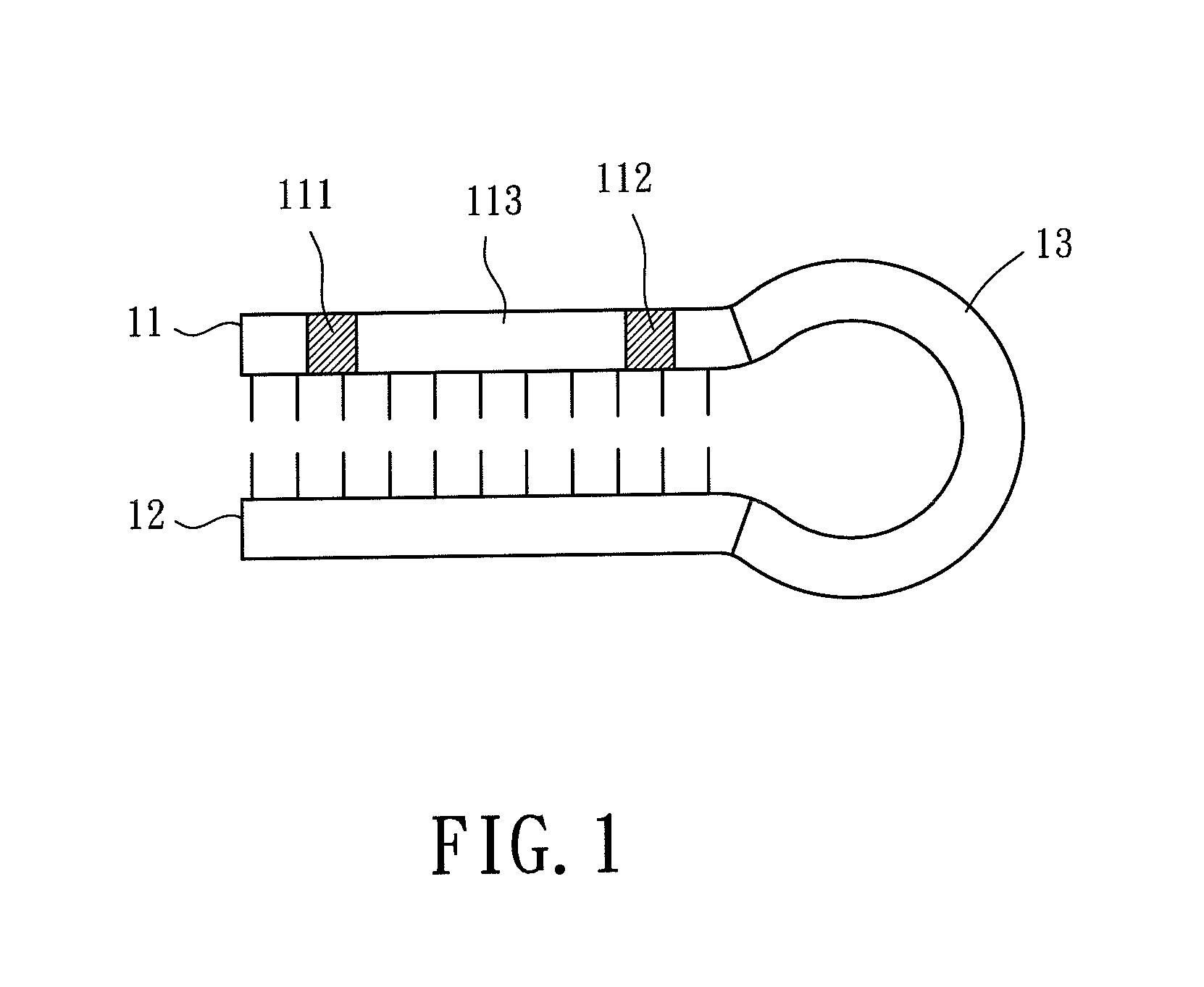MicroRNA-based short hairpin RNA for gene knockdown of NR1 subunit of N-methyl-D-aspartate receptor and its application on pharmaceutics
a technology of n-methyl-d-aspartate receptor and microrna, which is applied in the direction of dermatological disorders, anti-inflammatory agents, drug compositions, etc., can solve the problems of poor immediate analgesic effect, high cost of conventional analgesic in commercialization, and inability to relieve acute pain with shrna, etc., to achieve fast and long-lasting silencing effect
- Summary
- Abstract
- Description
- Claims
- Application Information
AI Technical Summary
Benefits of technology
Problems solved by technology
Method used
Image
Examples
Embodiment Construction
[0036]The present invention provides a microRNA-based short hairpin RNAs encoding homologous nucleotides of a NR1 subunit of N-methyl-D-aspartate receptor, which targets to the NR1 subunit of N-methyl-D-aspartate receptor, interferes with the post-transcription the said NR1 subunit, and achieves fast and long-lasting antinociception mediated by silencing NR1 subunit.
[0037]Referring to FIG. 1, the microRNA-based short hairpin RNA of the present invention comprises a single strand RNA fragment comprising a first fragment 11, a second fragment 12 and a connecting fragment 13, wherein the first fragment 11 and the second fragment 12 are complementary to each other, being spaced and connected by the connecting fragment 13. The connecting fragment 13 comprises randomly arranged nucleotides, preferably comprising more than 10 bases, and more preferably comprising 10-30 bases to properly space between the first fragment 11 and the second fragment 12. The first fragment has a Drosha recogniz...
PUM
| Property | Measurement | Unit |
|---|---|---|
| weight | aaaaa | aaaaa |
| pH | aaaaa | aaaaa |
| temperature | aaaaa | aaaaa |
Abstract
Description
Claims
Application Information
 Login to View More
Login to View More - R&D
- Intellectual Property
- Life Sciences
- Materials
- Tech Scout
- Unparalleled Data Quality
- Higher Quality Content
- 60% Fewer Hallucinations
Browse by: Latest US Patents, China's latest patents, Technical Efficacy Thesaurus, Application Domain, Technology Topic, Popular Technical Reports.
© 2025 PatSnap. All rights reserved.Legal|Privacy policy|Modern Slavery Act Transparency Statement|Sitemap|About US| Contact US: help@patsnap.com



